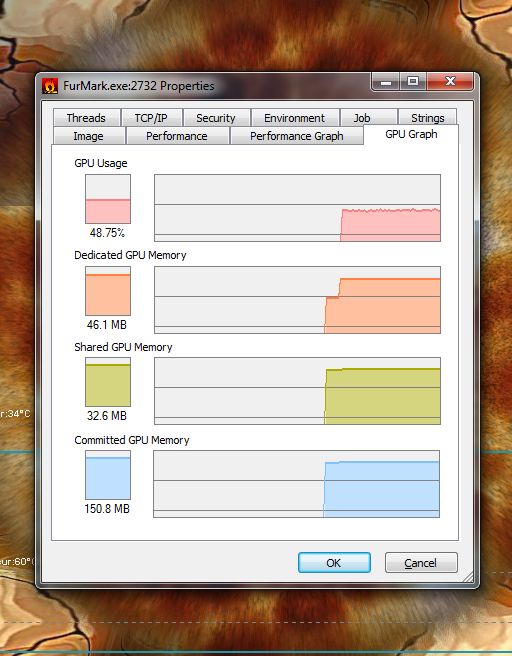

Next, let’s add a table to the database: mysql> use your_database mysql> create table articles (id integer primary key, name varchar(50)) Creating the Ruby script mysql> CREATE USER IDENTIFIED BY 'your_password' mysql> CREATE DATABASE your_database mysql> GRANT ALL PRIVILEGES ON your_database.* to Add a table Then, create a new user and grant him permission on the database to be used for the exercise. In this section, we are going to create the database to use in this post.įirst, log as the root user on your MySQL server: $ mysql -u root -p # Provide your root password as requested If you are deciding to set up a monitoring system for your production system, it is highly recommended to evaluate all the existing tools in the market, before deciding to roll out your own.Īfter having said that, let’s roll our own implementation here :).įor the remainder of this post, I am going to assume that you have set up a Mysql server in an Ubuntu box, you can read here for how to do it. Percona Toolkit is a collection of monitoring tools.mysqlreport comes as part of the mysql-client installation in Linux box.There are several tools available to automatize the monitoring process, some of them are free while others can be expensive. Monitoring the status of the database server is essential to guarantee the correct functioning of your system, be it a simple web application or a critical piece of software for the NASA. To review the complete code, you can check. So I came up with the idea to write a series of posts with details of what I did during the interview and how I improved it later.
In February, I was tasked with the creation of a simple monitor script for MySQL server as part of the exercises of a technical interview.


 0 kommentar(er)
0 kommentar(er)
